Earlier this year as well as last year, web series like The Cuphead Show! (2022), Arcane (2021), and Castlevania (2017-2021) proved that one of the many ways to beat the video-game adaptation curse is the medium of animation. All three of those shows opened to critical acclaim (some criticism was leveled against The Cuphead Show! for underpaying animators) and the audiences loved it as well. But, despite the commercial success of live-action adaptations of Sonic the Hedgehog, Uncharted, and Resident Evil (The Witcher doesn’t count because it’s an adaptation of Andrzej Sapkowski’s books), the verdict is still out on their quality. Since studios are continuing to announce live-action adaptations though (The Last of Us, God of War, Bioshock, etc.), maybe they should look to Halo Season 1 to see where the bar is at.
A quick disclaimer. This review of Halo is based on the first two episodes that were made available for the press.
Halo is co-produced by Steven Spielberg’s Amblin Television and the video game developer that’s currently in charge of the IP, 343 Industries, along with Showtime Networks, One Big Picture, and Chapter Eleven. The show is developed by Kyle Killen and Steven Kane, who are serving as the writers as well. The first two episodes are directed by Otto Bathurst and open on a colony of rebels led by Jin Ha (Jeong-hwan Kong) on Madrigal. Jin’s daughter Kwan Ha (Yerin Ha) and her friends accidentally come across a Covenant (the antagonistic alien species of the show) shipping vessel in the woods. They suddenly start attacking Kwan and her friends, and then proceeds to annihilate everyone in that colony. The Spartans (a special breed of United Nations Space Command soldiers) led by Master Chief (Pablo Schreiber) show up to save the rebels but they only manage to rescue Kwan. While investigating the reason for the Covenant’s arrival on Madrigal, Master Chief comes across a strange artefact that takes his journey into controversial territories.
As someone who hasn’t played the games (and please feel free to correct me if I am wrong), Halo seemed like military propaganda during its opening few minutes. It manages to present a somewhat lawless group of people who hate the UNSC and the Spartans. It introduces the Covenant in quite the explosive fashion. In doing so, they prove the citizens of Madrigal are incapable of protecting themselves unless they get help from the UNSC and the Spartans. And of course the Spartans clear out the members of the Covenant like it’s nobody’s business, leaving one survivor who will tell tales about their heroism. That’s military propaganda 101. But as soon as Master Chief’s memories (?) begin to come back and his independent thoughts face suppression via protocol, it becomes evident that Halo is actually a critique of not just propaganda, but also the brand of hypernationalism that labels free-thinkers as terrorists. You know, to make the killing of anti-establishment elements easier.
Related to Halo – The 25 Best TV shows of 2021
It is probably safe to say that Killen, Kane, Bathurst, and the team around them deliver one of the best pilots these eyes have seen since Daredevil Season 1 (2015). They hit the ground running and just never stop. The production design is through the roof. Every rebel base is packed edge-to-edge with detail to show that they don’t have the luxury to keep things neat and tidy. Therefore, the “cleanliness” of the UNSC and the Covenant headquarters stand out a little too much, like a facade hiding their violent actions. The cinematography and visual effects are mostly centred around muted, monochromatic colours. But it’s kinetic and packed with enough imperfections to feel tangible and hence not very distracting. The costume design is exquisite. Even if you haven’t played the games and have some idea about game culture, you know how iconic Master Chief’s suit is. And simply saying that it’s accurate is an understatement. The costumes go beyond accuracy to seem operable and an extension of the characters wearing them.
The performances are pretty fantastic. Yerin Ha as Kwan Ha is the most likeable member of the cast straight off the bat. She has a magnetic screen presence and her chemistry with Schreiber’s Master Chief is palpable. Even though the writing pushes her to look past her colony’s obliteration, Yerin keeps it front-and-centre through her body language and expressions. Schreiber gives Master Chief a stoic exterior while giving a hint of the vulnerability and confusion bubbling inside him. His acting with the helmet on is as good as when it’s off. Shabana Azmi as Admiral Margaret Parangosky is excellent. This might sound like a biased observation but she does bring a no-nonsense vibe that contrasts Natascha McElhone’s giddy optimism as Dr. Catherine Halsey. Olive Gray as Dr. Miranda Keyes manages to hold her own while acting against Azmi and Danny Sapani, who plays Miranda’s father and Halsey’s husband, Captain Jacob Keyes. Burn Gorman as Vishner is ruthless and sinister. Bokeem Woodbine’s Soren-066 comes off as a modern version of Lando Calrissian. Keir Dullea (2001: A Space Odyssey’s Dr. Dave Bowman) as Fleet Admiral Hood is a sweet bit of inspired casting. And the character animation around the Covenant prophets (played by Julian Bleach, Karl Johnson, and Hilton McRae) is intricate and expressive as hell.
All in all, yes, Halo is a beacon of hope for live-action adaptations of video games. It accurately recreates the look of the game and integrates the POV style of storytelling that’s synonymous with first-person shooter games very naturally. The show has talented actors who deliver great performances. The production design, VFX, costume design, and every other technical department utilise the time and money at their disposal to do their best. And so far, it seems like the narrative is a good balance between grounded character work and extravagant world-building. Long term and short term Halo fans are definitely going to tune into this. But since the trailers do the show no justice, hopefully, this review will serve as a request to definitely check it out for the sole reason that good video-game adaptations are hard to come by.

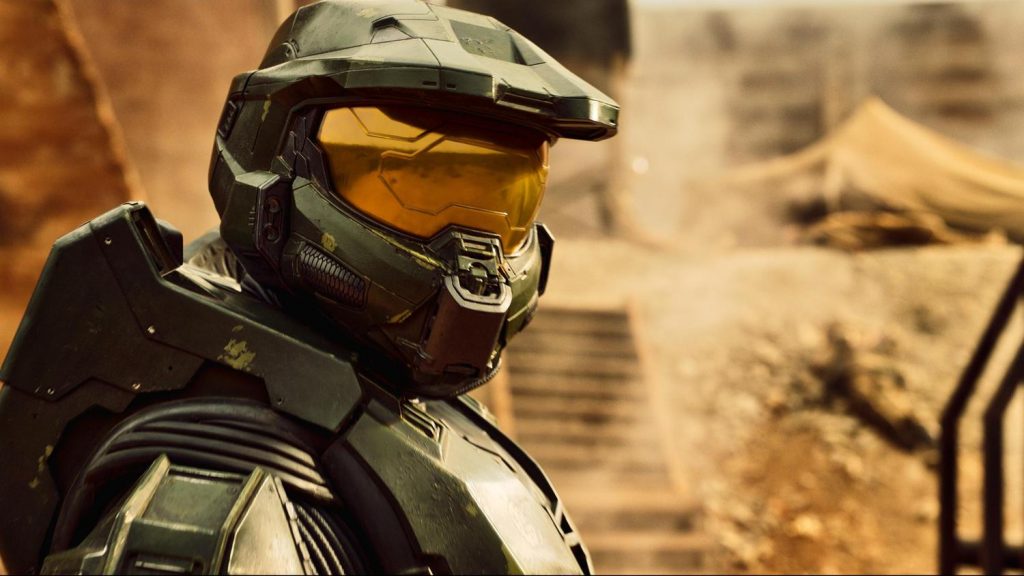
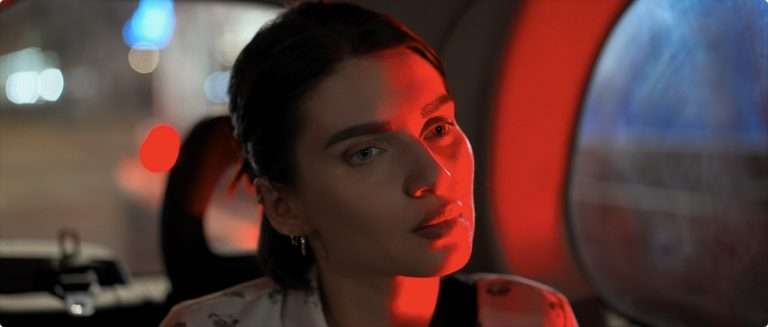
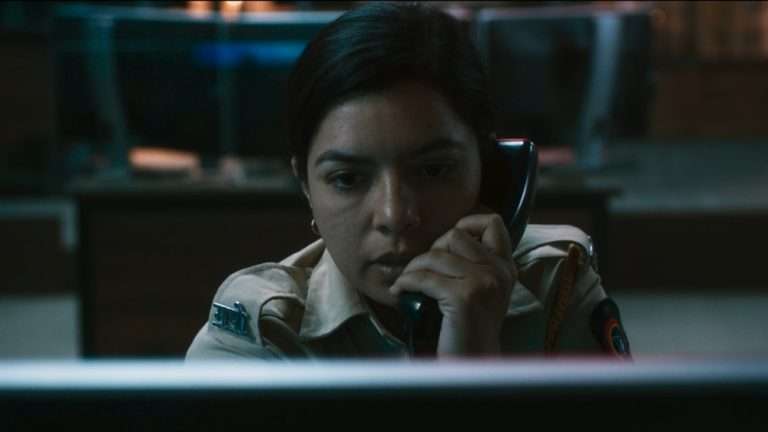
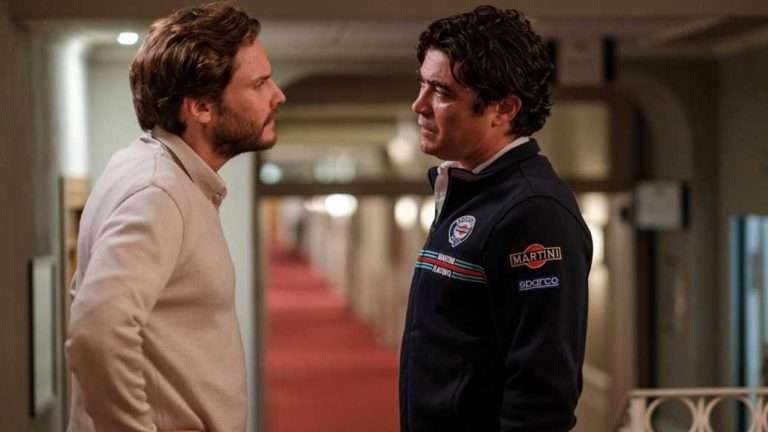
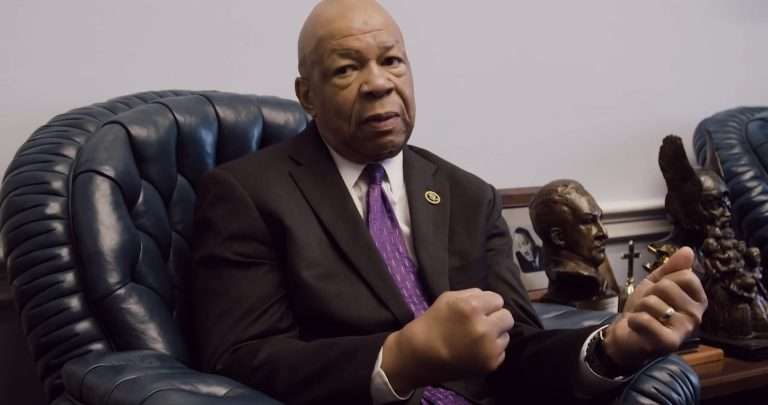
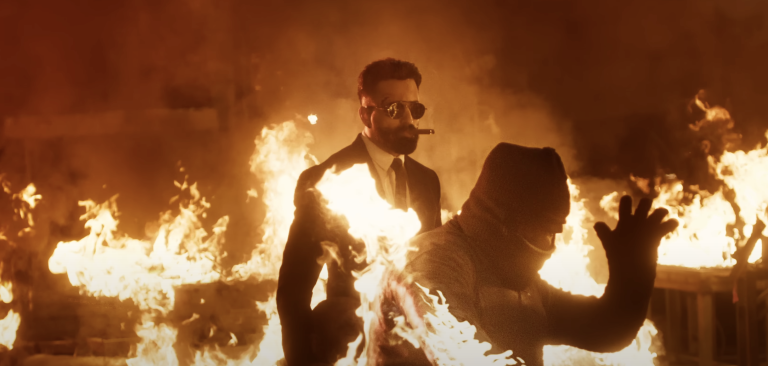
![Farewell Amor [2020]: ‘MUBI’ Review – A light, feel-good Family Drama](https://79468c92.delivery.rocketcdn.me/wp-content/uploads/2020/12/Farwell-Amor-highonfilms-1-768x432.jpg)